How to Care for Your Feet While Backpacking
I was hiking the Appalachian Trail when I got my first blister. My heel chafed against the hard leather, becoming an irritated pink mess. The skin bubbled to protect my foot. And I thought that blisters were a natural consequence of hiking. I didn’t know any better. But bit by bit, I began piecemealing trail wisdom that helped to alleviate the pain. I learned how to care for my feet while backpacking. 800-miles later, I traded my boots for a pair of lightweight trail runners, and I never looked back. And I continued to hike with these foot care practices in mind:
Preventative Maintenance
The best way to protect your feet from wear and tear is by taking preventative action against blisters and other unfortunate foot ailments. Keeping your feet healthy is much easier than treating issues like blisters and Swamp Foot while you’re on trail. It’s also less painful. Here are a few preventive strategies that may contribute to a more pleasant hiking experience:
Choose the Right Footwear
For some reason, there’s a misconception among many hikers that suggests that a sturdy pair of boots is the best choice of footwear for serious hikers. But this idea doesn’t account for the leaps and bounds that we’ve taken in the footwear industry over the past 100 years. Sure, boots might still be the best choice of footwear in arctic conditions. But, during the warm months, most hikers can get away with wearing a lightweight trail running shoe. This style of shoe dries faster than a boot. It also doesn’t typically require a break-in period. And it’ll breathe better as you hike.
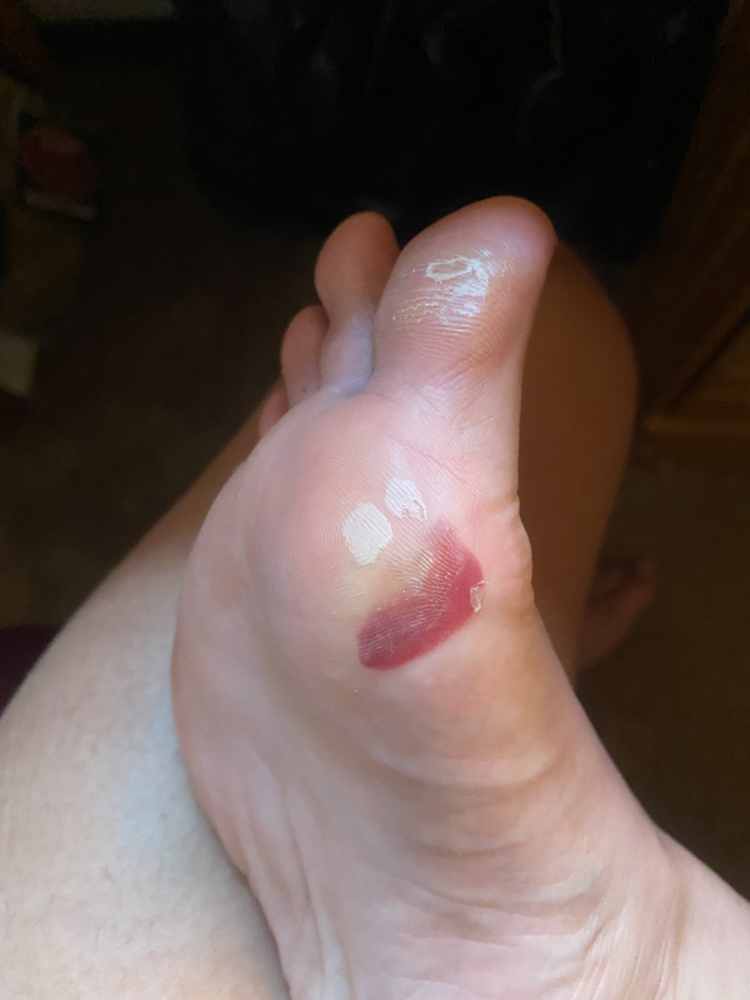
It’s also really important to account for any swelling that might occur while you hike. Many hikers choose a shoe that’s about a half size larger than their typical running shoe size to give themselves extra space for swelling. You might not need to take this step if you’re a fairly casual hiker. But if you love a good weekend or week-long backpacking trip, a larger pair of shoes might do you some good. Finally, if you’re not sure what your shoe size is, go to a shoe store and get sized. This will help to remove any doubt about the appropriate hiking shoe size.
Dry Your Feet Out
One of the biggest contributors to blistering feet is moisture. Keeping your feet tucked into shoes or boots with high levels of sweat and water may soften the skin on your feet. And this can make you more susceptible to developing hot spots in problem areas. Keeping your shoes, socks, and feet dry can make a huge difference in the health of your feet. Consider letting everything air out on your lunch break, or at various points throughout the day.
Elevate Your Feet at the End of the Day
Elevating your feet can help your body naturally reduce inflammation, while enhancing the blood flow throughout your body. Taking a few minutes to rest and raise your feet may help you reduce swelling in your feet and legs, which may prevent your feet from developing hot spots.
Soak Your Feet in Cold Water
Another great foot maintenance strategy is to soak your feet in cold water whenever you can. Hikers often reach chilly rivers and lakes during their adventures. Using the cold water to ice your feet may reduce swelling, and lessen your pain. Just make sure to let them dry before you keep moving.
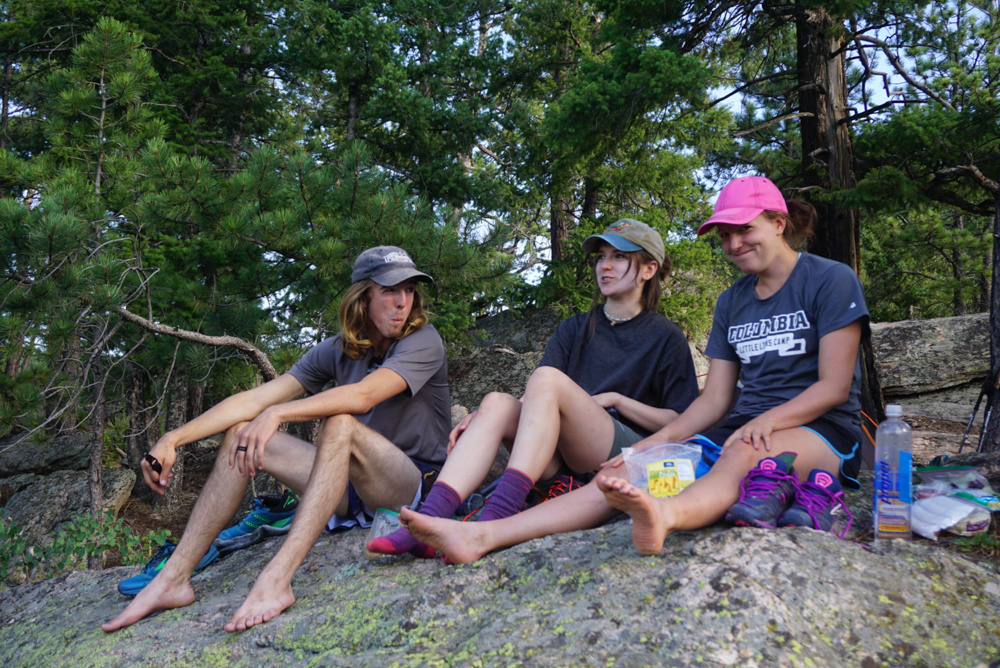
Massage Your Feet
Massage feels good, but it also has been shown to provide a variety of health benefits. Self-massage may help you to reduce tension, boost circulation, reduce inflammation, and address pain in your feet. This makes it a great strategy for anyone who’s particularly hard on their feet.
Address Hot Spots Before They Become Blisters
If you start to notice hot spots during your adventure, it’s best to address them before they become full-blown problems. Hot spots could indicate that your socks and shoes are trapping moisture. They might also indicate that there’s debris in your shoes. Or you might just have a shoe that doesn’t fit your foot. Taking a few minutes to dry everything out, and to cover the problem spot with Leukotape, moleskin, or duct tape may help you to prevent yourself from developing full-blown blisters.
Addressing Foot Problems After they Develop
If you do end up with a blister or a cut in the backcountry, don’t fret! You’re probably going to experience some discomfort along the way. But with proper care, you may be able to avoid infection and other potential foot issues. Here’s how to address foot problems after they develop:
Keep Open Wounds Clean
If you end up with a blister while backpacking, keep the blister area clean. The last thing you want to deal with while you’re backpacking is an infected blister. To avoid such a mishap, consider carrying an antiseptic soap or ointment with you. Attempt to keep the impacted area dry, and cover the blister with a clean bandage. Check your dressing multiple times throughout the day. And swap it out for a clean and dry one whenever necessary. If your blisters or other foot ailment persists, seek the advice of a healthcare professional.
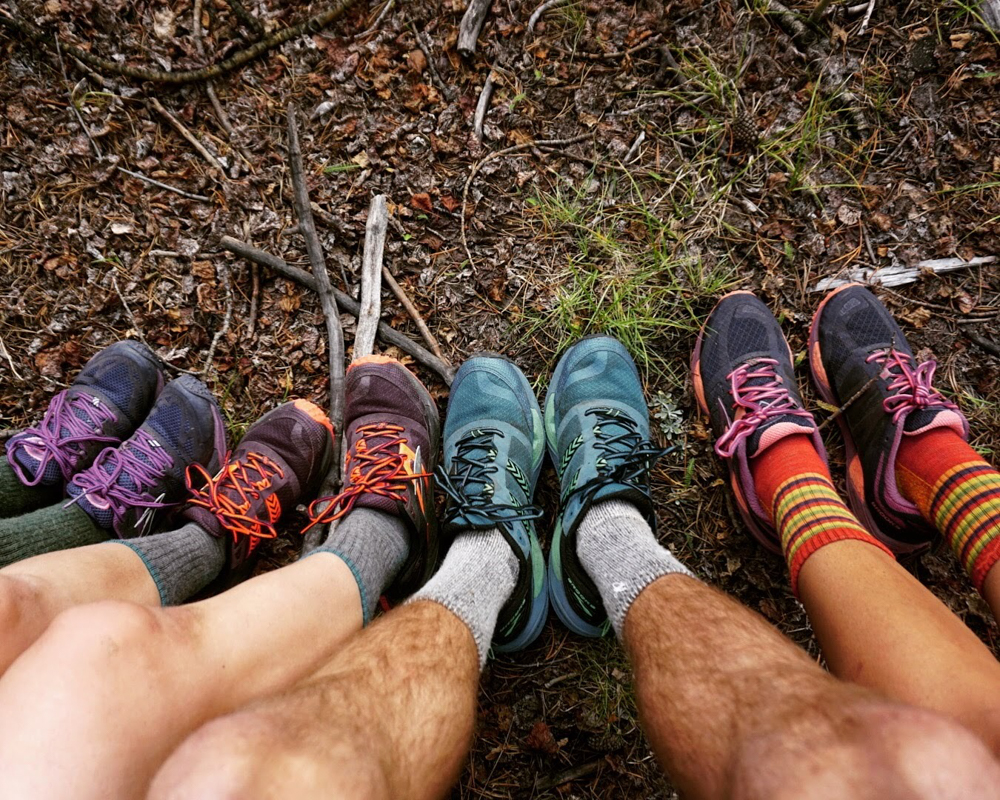
Take Time Off if You Can
If you’re on an extended hike or you have a limited backpacking window, it can be frustrating to hop off trail to let your body heal. But sometimes it’s necessary. If you’re struggling with foot problems on your trip, consider slowing down your pace, adjusting your route, or taking time away from walking if you can. This may give your body the opportunity it needs to heal from the trail.
About the Gear Tester

Mary Beth Skylis
Mary Beth Skylis is a student of movement. She began her exploration of the outdoors in 2015 with a thruhike of the Appalachian Trail. Since then, she has hiked through the Himalayas, the jungles of South America, and the slot canyons of western USA. When she isn’t backpacking, she can commonly be found rock climbing or practicing yoga. Skylis works as a freelance writer. She is currently a columnist for Backpacker Magazine, Parkinsons News Today, and ParkinsonsDisease.net. And she makes frequent contributions to publications like Outside Magazine, Blue Ridge Outdoors, and Cascade Designs. Follow her on Instagram @h1kertrash.

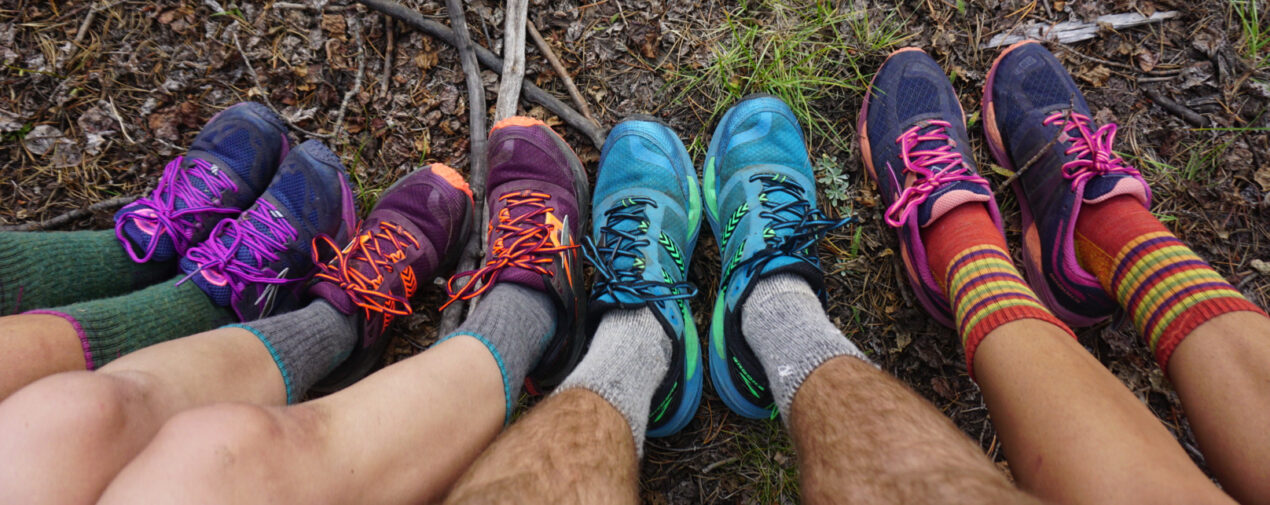
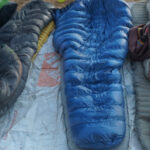
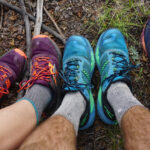
Loved your article! I lived in Alaska for 37 years and wet feet were a constant problem! What I finally found out i
s that Darn Tough socks helped like no other sock could! They have saved my feet from many situations and many a blister, I’ve worn them for nearly 25 years now. It was a Godsend when I bought my first pair. I haven’t looked back since!
Thanks for your comment! 100% agree! Darn Tough socks are amazing backpacking socks 🙂